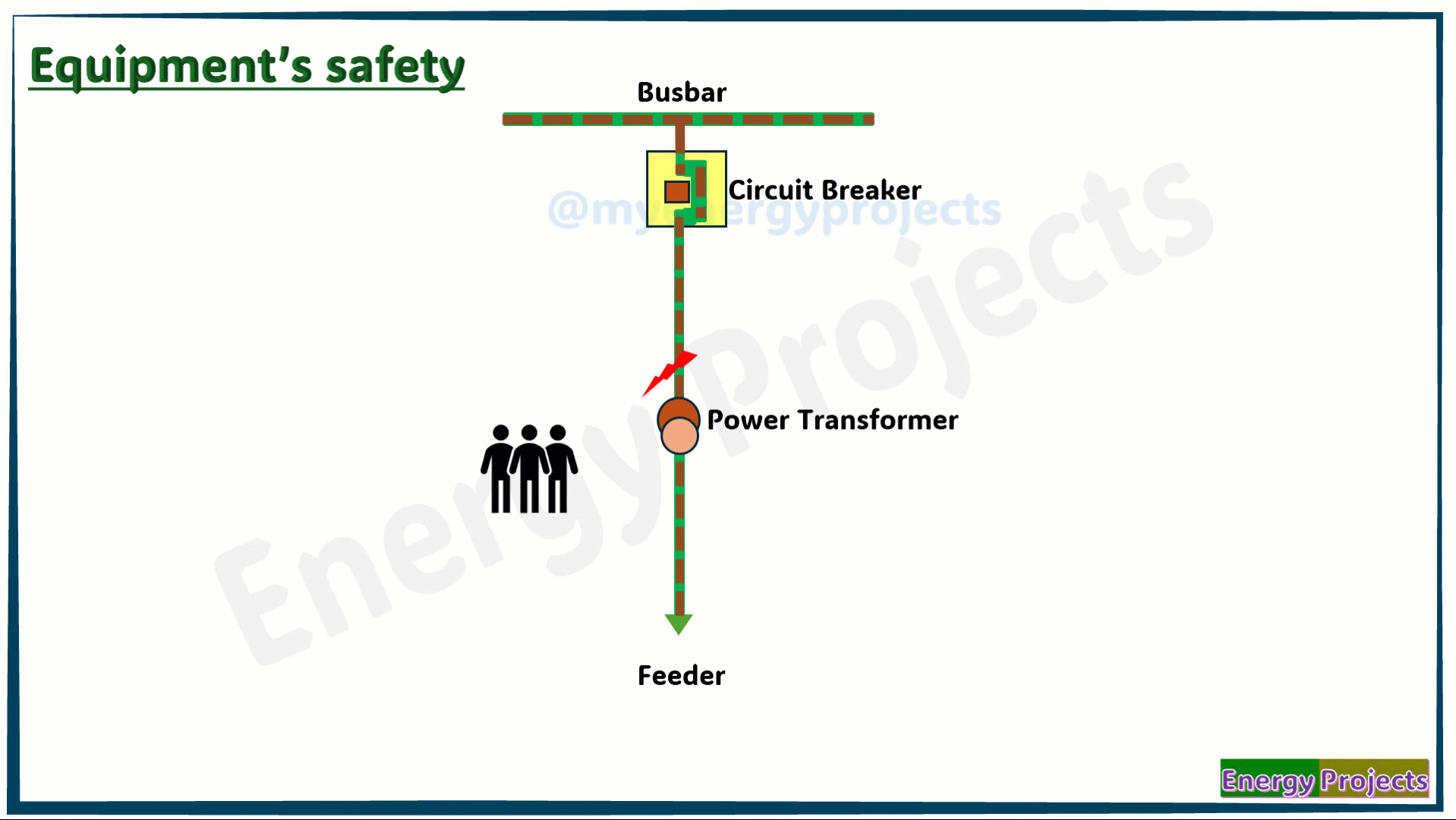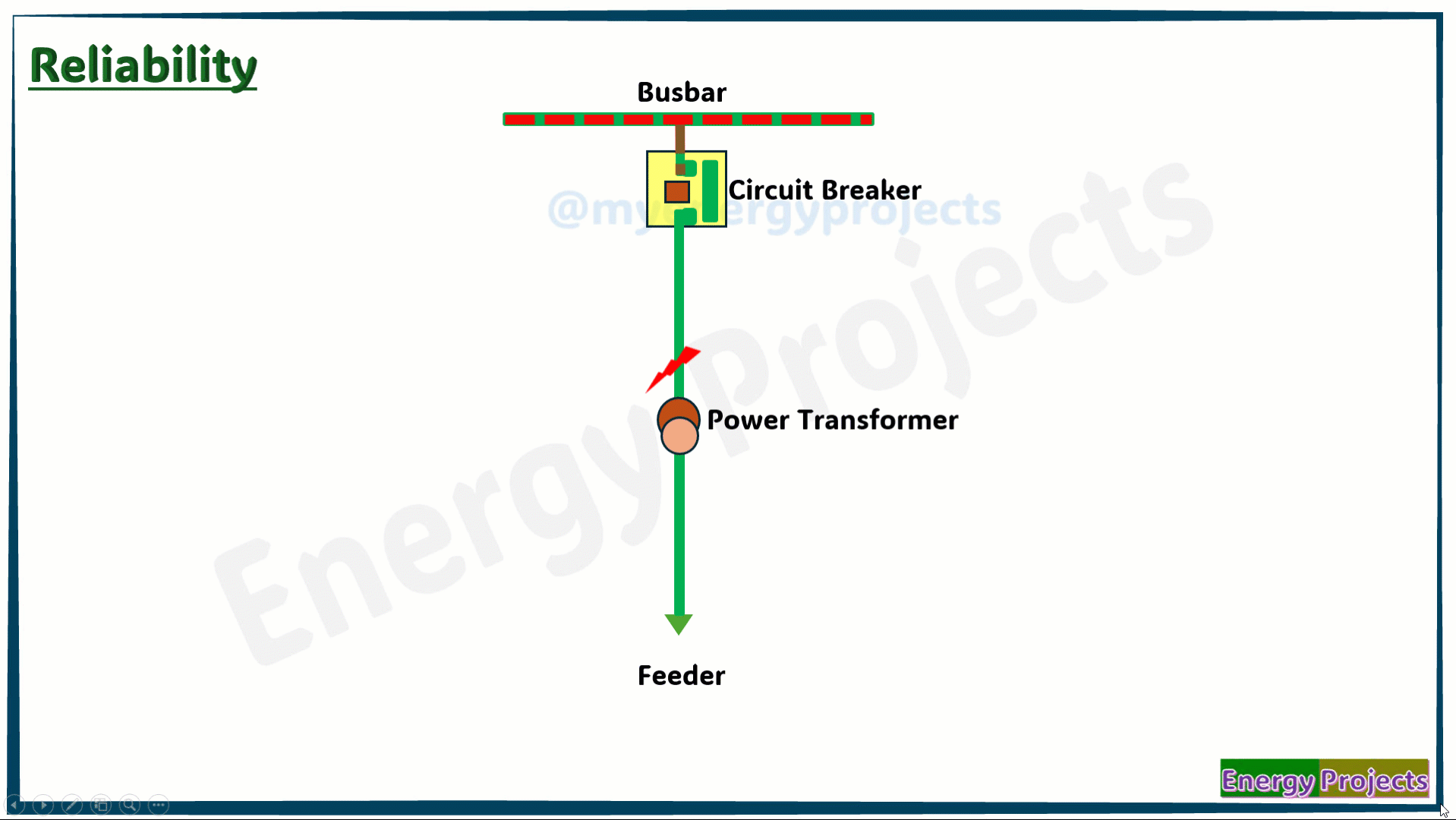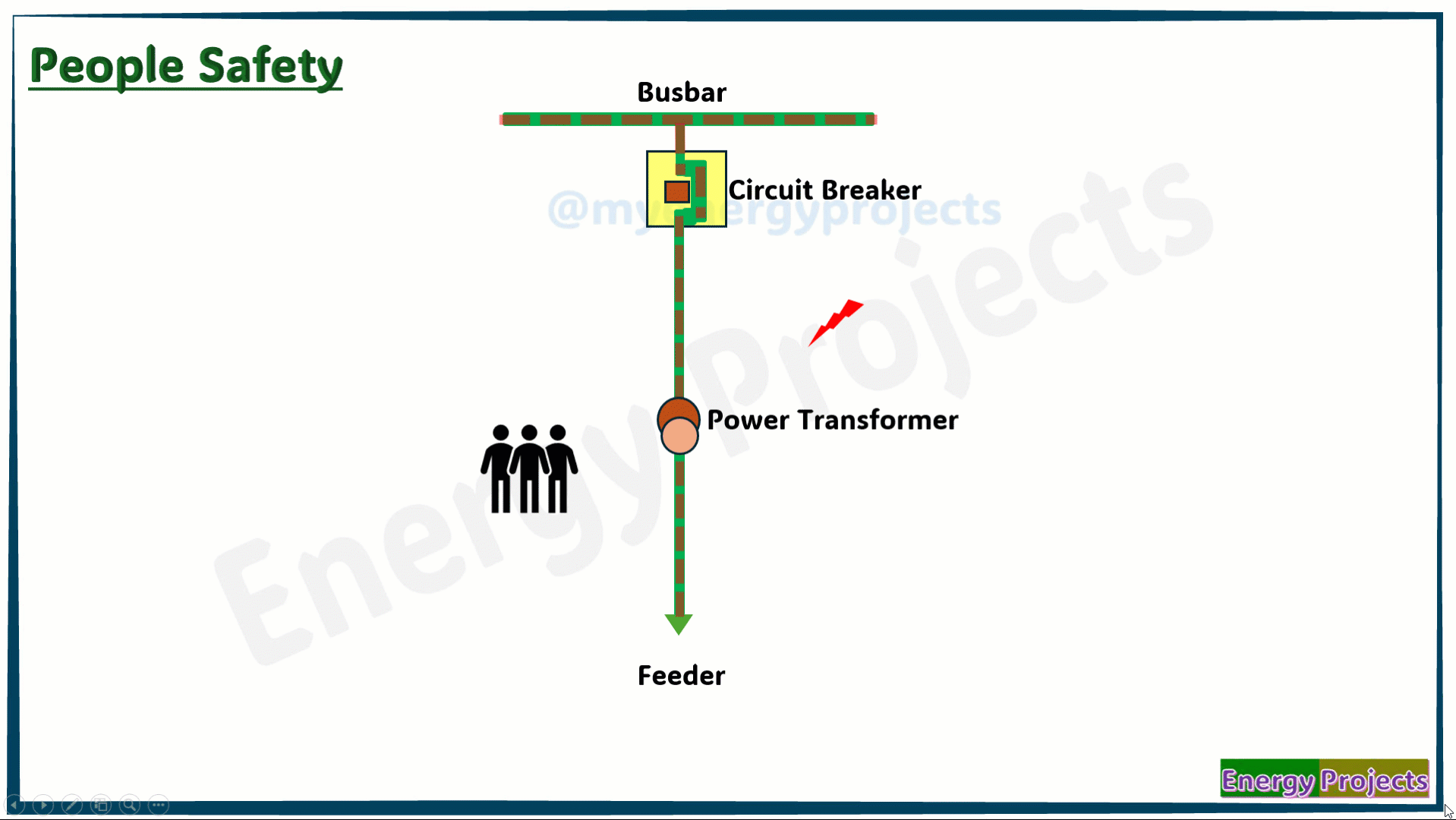People Safety
The primary aim of protection is to minimize the risks associated with electrical hazards when a fault occurs in the system.
For example, consider a transformer operating under load conditions. If a fault occurs in the connected feeder, the conductor may catch fire due to the persistence of the fault in the network. This poses a serious safety risk to anyone nearby.
In some cases, a transformer may even burst due to overheating caused by system faults.To prevent such dangerous scenarios, an efficient and reliable protection system is essential.
Reliability
The protection system is designed to identify faults and immediately disconnect them from the unaffected parts of the electrical network. This swift action prevents the fault from escalating and causing serious damage to equipment. By isolating the issue early, it significantly reduces the need for complex troubleshooting and costly repairs. This not only saves time but also minimizes service interruptions. Additionally, quick fault clearance helps maintain system stability and performance. It ensures that the rest of the network continues to operate smoothly. Overall, such a system greatly enhances reliability and operational efficiency.
Equipment safety
Protection systems play a critical role in ensuring the safety and longevity of electrical equipment during faults or irregular operating conditions. These systems detect issues such as short circuits, overloads, or voltage fluctuations and respond quickly to minimize damage. Without proper protection, faults can result in significant harm to machinery, leading to costly repairs or full equipment replacement. Additionally, unprotected faults can cause prolonged outages, disrupting operations and reducing productivity. Effective protection systems help isolate the faulty sections, preventing the spread of damage to other components. They also enhance the overall reliability and stability of the electrical network. Therefore, implementing a robust protection system is vital for both safety and economic efficiency.






